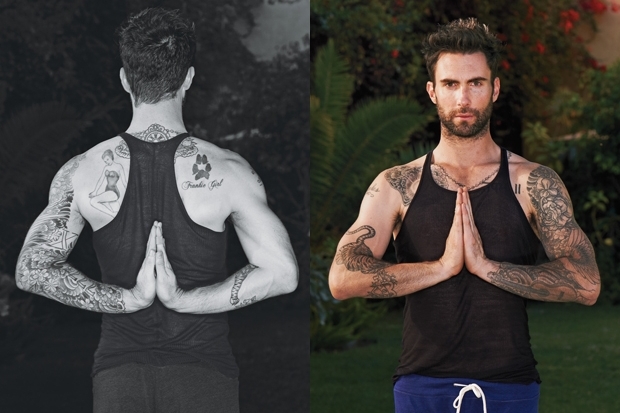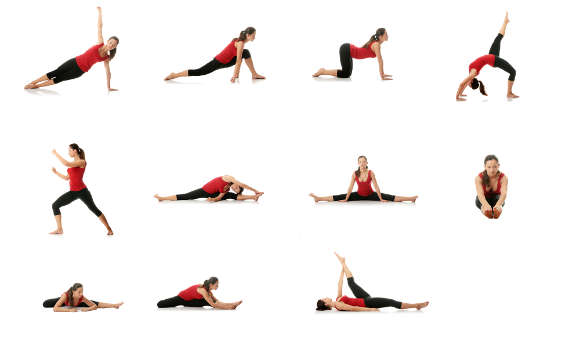
Pop music and science? One would think “never the twain shall meet”, but that person would be completely wrong. Here’s a little secret: Artists like Beyonce, Rihanna, Taylor Swift and Nicki Minaj are the modern scientists who concoct enticing music as food to the brain. There is a formula to all of their songs, with their strongest ingredient being repetition. Repetition of a certain word or specific phrase in a song is the key that artists, producers and music moguls use to hone in on the brain’s vital receptors that allow it to refer back to the song on a regular basis, thus causing the inevitable rise of the song’s success and popularity.
But how? What causes us to naturally sing a hook over and over without giving it a second thought?
Elizabeth Kensinger, an MIT researcher and her partner Suzanne Corkin, professor of behavioral neuroscience conducted a study wherein 14 men and 14 women were asked to “learn” 150 words related to events while being scanned under an fMRI (functional magnetic resonance imaging). Studies found that most of them were aroused and recalled more intense words such as “rape” and “slaughter”, whereas non-intense words such as “sorrow” were forgotten (Parker, 2004). The more arousing words tended to connect to isolated events that people could immediately point out and process due to the activity within the Amygdala portion of the brain.
But before I delve into the explanation of that area in our minds, let me point out that “learning” words as in the study performed above, and processing a song you hear on the radio are essentially one and the same. It is simply a question of quickness in impact that either situation has on the memory. All of this stimulation is found in the Amygdala, an almond shaped mass of nuclei located deep within the temporal lobe. It’s a Limbic structure that is responsible for storing major emotions, positive or negative, that motivate or depress us. It is equally active in encoding the positive AND negative high arousal items. All this encoding, as a result, is most likely to be remembered by the human mind. Therefore, going back to the topic of lyrics, why are there songs out there that only take one listen to act as an unwavering adhesive to the brain’s memory receptors aka the location of the Amygdala?
Just as “rape” and “slaughter” created such an arousing impact on the mind, other songs use repetition in one exposing moment to drill into the grey anatomy with certain words that trigger the same effect, leaving the listener wanting more in the future. And no, songwriters don’t always use such morbid and violent terms to catch a person’s attention, so if you’re a songwriter that’s all about rainbows and sunshine, don’t panic.
For example, hip hop Barbie/Rapper Nicki Minaj’s latest hit “Super Bass” could seem like a typical rap song. Just a typical song that happens to be number 4 on Billboard’s Hot 100 list the first week of August? It’s not just because of the pink wig, I can assure you.
Notice that Minaj raps in the verses to her songs, and that too in rapid speed. Can the average Joe expect to rap like her? Certainly not. So we don’t tend to process the actual words from her rap, expecting ourselves spit them back out the same way. However, fast forward to the main chorus, in which she repeats the words “Boom Boom Bass” with a repetitive melody. Purpose? “Boom Ba Doom Boom Boom Ba Doom Boom Bass” resembles that of a percussive instrument, the type of beat you hear at a club. Now, for those of us who like to mingle in that environment and “get down”, if you will, we know that a hard hitting bass is a must for a successful dance scene in a night club. The word used to describe a “sick” (crazy, cool, insane: courtesy of Urban Dictionary, 2003) beat? Boom. That immediately gets registered in the temporal, Amygdala portion of the brain that encodes the positive, exciting arousal of emotion. Repetition after all is a form of learning, a technique Minaj unwittingly provides for the mind to explore. Constant verbal pounding of an intense word like “boom” in turn triggers solid storage and the association of a vivid and vibrant memory connecting Super Fun to “Super Bass”. Simple, one or two note melodies contribute to the song’s simplicity and appeal. Other hits such as “Single Ladies”, “Umbrella”, “Love Story” and “Lollipop” serve as similar examples.
Call it brainwashing or just an effective, win-win marketing strategy, but it is certainly something the music industry has down, literally, to a science.

Yoga- The exploration of one’s peace of mind and physical health. In my previous blog post on the connection between Hindustani and Western Classical singing, I wrote about how music binds us cross-culturally through sonic similarities. Music connects human spirits with one another. Yoga is very much a similar practice by disciplining the body, soul and the mind to become at peace with its surroundings.
Dedicating time to yoga offers amazing benefits for singers. By combining a disciplined vocal regiment with routine yoga sessions, performers can not only strengthen their vocal control with the greatest ease, but also apply this control to all genres of singing, from heavy metal, rock, and pop, to R&B, Soul, and challenging ballads sung by legends such as Celine Dion, Beyonce, and Whitney Houston.
The two elements of yoga that will contribute to a successful vocal training plan are breathing and postural exercises.
Posture
Daily stresses unfortunately can take a hefty toll on our bodies and minds, causing our bodies to tense up and carrying ourselves with poor, straining postures. Yoga fixes these issues with vertical alignment practices for the entire body. Yoga can align your body through various stretching techniques to avoid physical problems in the future. Yoga also relieves any neck or facial tension that inhibits performance, and the ability to produce an open sound that otherwise comes from a relaxed upper body. You’ll also find an undiscovered source of energy that is derived from yogic exercises, which builds incredible stamina and keeps you active on stage.
Breathing
Another powerful exercise is yogic breathing, also known as Pranayama. The most effective breathing for singers is low breathing, which involves the lower part of the lungs and chest, also known as abdominal breathing. By expanding the lower abdomen out as your breath and pushing it in as you exhale, you are taking in more air for the breath support you need for challenging vocal lines. An added bonus is that low breathing improves general circulation for the body.
It’s important to understand that the secret ingredient to healthy singing is simple: relaxation. By finding balance in the mind and body, your vocal abilities can be nurtured and tapped to its fullest potential. All of these benefits can be attained through yoga and yoga alone.
Here are some popular, yet fairly easy exercises to get started that are sure to improve performance posture and stamina. Namaste!

